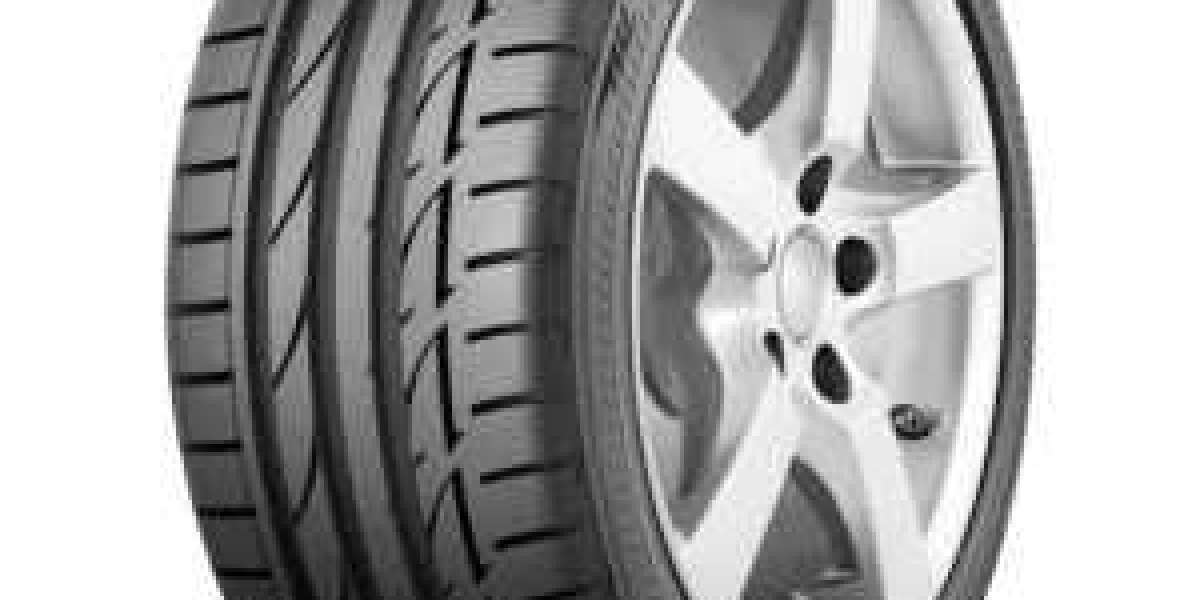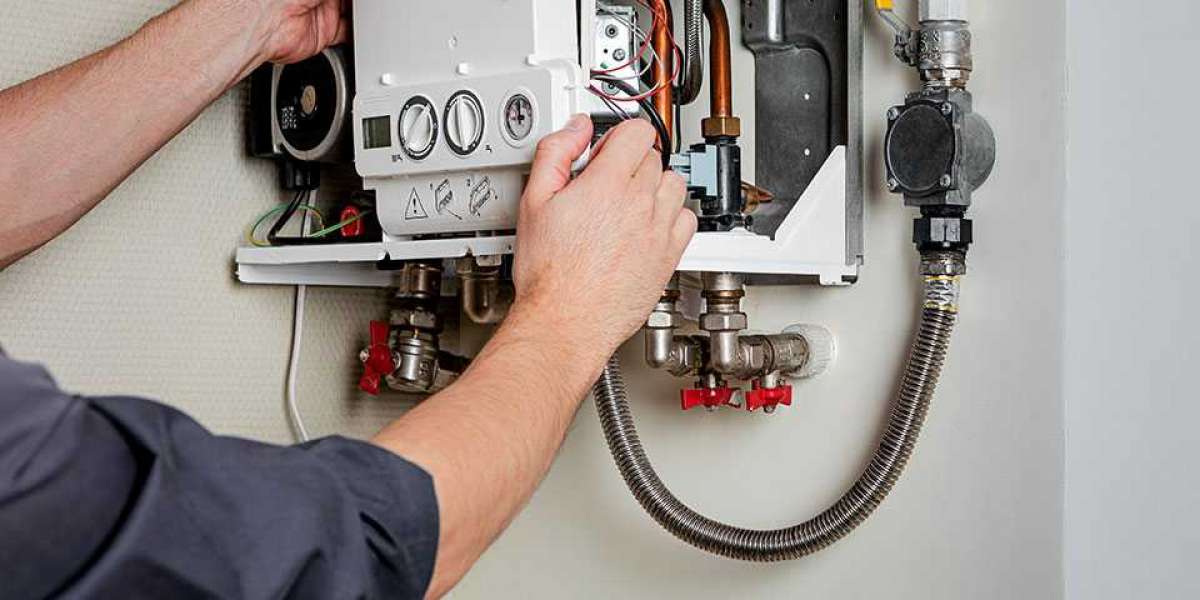Getting a flat tire is a common and often frustrating experience for drivers. But fear not – changing a tire isn't as daunting as it may seem. With the right tools and a bit of know-how, you'll be back on the road in no time.
Before You Start: Gear Up
- Spare Tire: Ensure your car tyre change has a spare tire in good condition and properly inflated.
- Jack: Your car should come with a jack for lifting it.
- Lug Wrench: This tool is used to loosen and tighten the lug nuts on your wheels.
- Wheel Chocks (optional but recommended): These help prevent the car from rolling.
- Owner's Manual: Always refer to your car's owner's manual for specific instructions and jacking point locations.
The Steps: A Flat Tire Fix
Safety First: Find a flat, stable surface well away from traffic. Turn on your hazard lights, engage the handbrake, and put the car in park (automatic) or in gear (manual).
Secure the Wheels: Place wheel chocks (if you have them) around the wheels that will remain on the ground, diagonally opposite the flat tire.
Prep Your Tools: Remove the spare tire, jack, and lug wrench from your car. If your wheel has a hubcap, pry it off to access the lug nuts.
Loosen the Lug Nuts: Before jacking up the car, use the lug wrench to slightly loosen the lug nuts (counter-clockwise). It's easier while the tire is firmly on the ground.
Jack It Up: Find the designated jacking point for your car (refer to your owner's manual). Position the jack securely and slowly raise the car until the flat tire is a few inches off the ground.
Remove the Flat: Fully remove the loosened lug nuts and carefully pull the flat tire towards you.
Mount the Spare: Line up the spare tire with the wheel bolts and carefully push it onto the hub. Hand-tighten the lug nuts as much as possible.
Lower and Tighten: Slowly lower the car until the spare tire is just touching the ground. Use the lug wrench to firmly tighten the lug nuts in a star pattern.
Final Touches: Double-check the tightness of the lug nuts. Replace the hubcap (if applicable) and stow the flat tire and your tools in the car.
Check Tire Pressure: As soon as possible, drive to the nearest service station and have the spare tire's pressure checked and adjusted. Get the flat tire repaired or replaced.
Important Reminders
- Never change a tire on an unstable surface or near moving traffic.
- Don't put any part of your body under the car while it's supported only by the jack.
- If you're unsure of any step, consult your owner's manual or call for roadside assistance.
- Spare tires (especially "space-savers") often have speed and distance restrictions. Check the details on the tire's sidewall.







